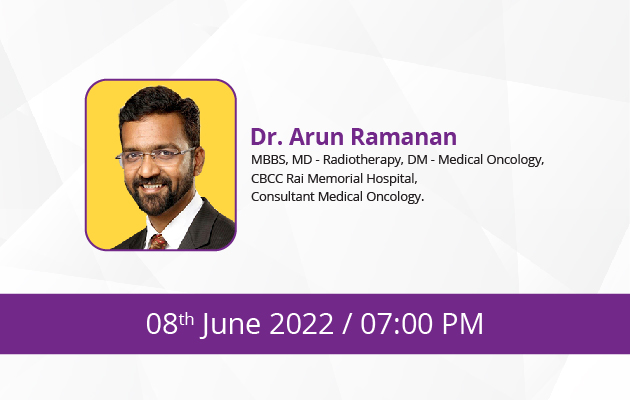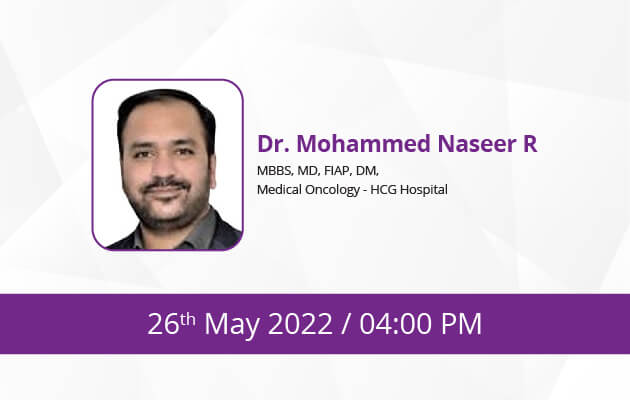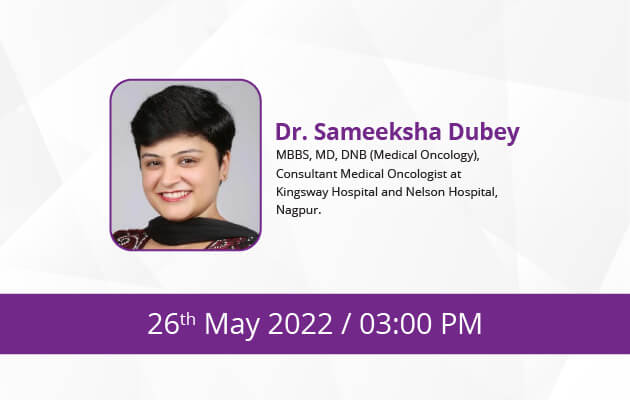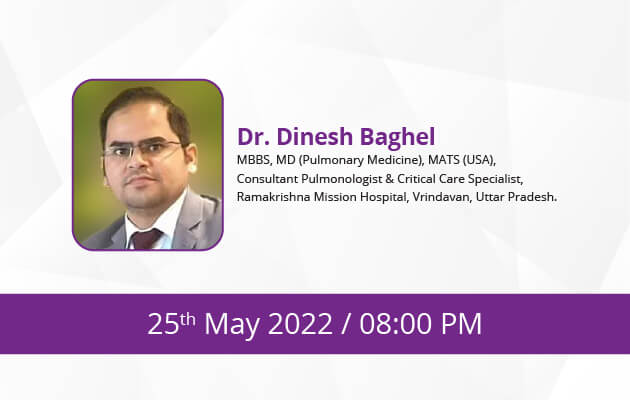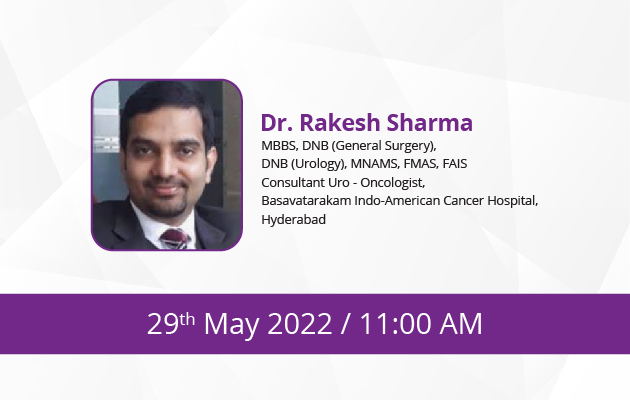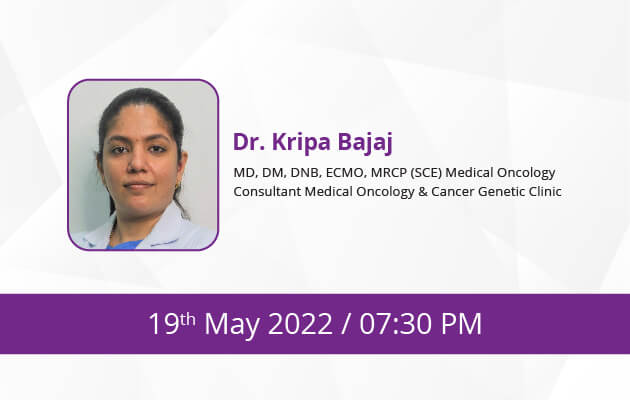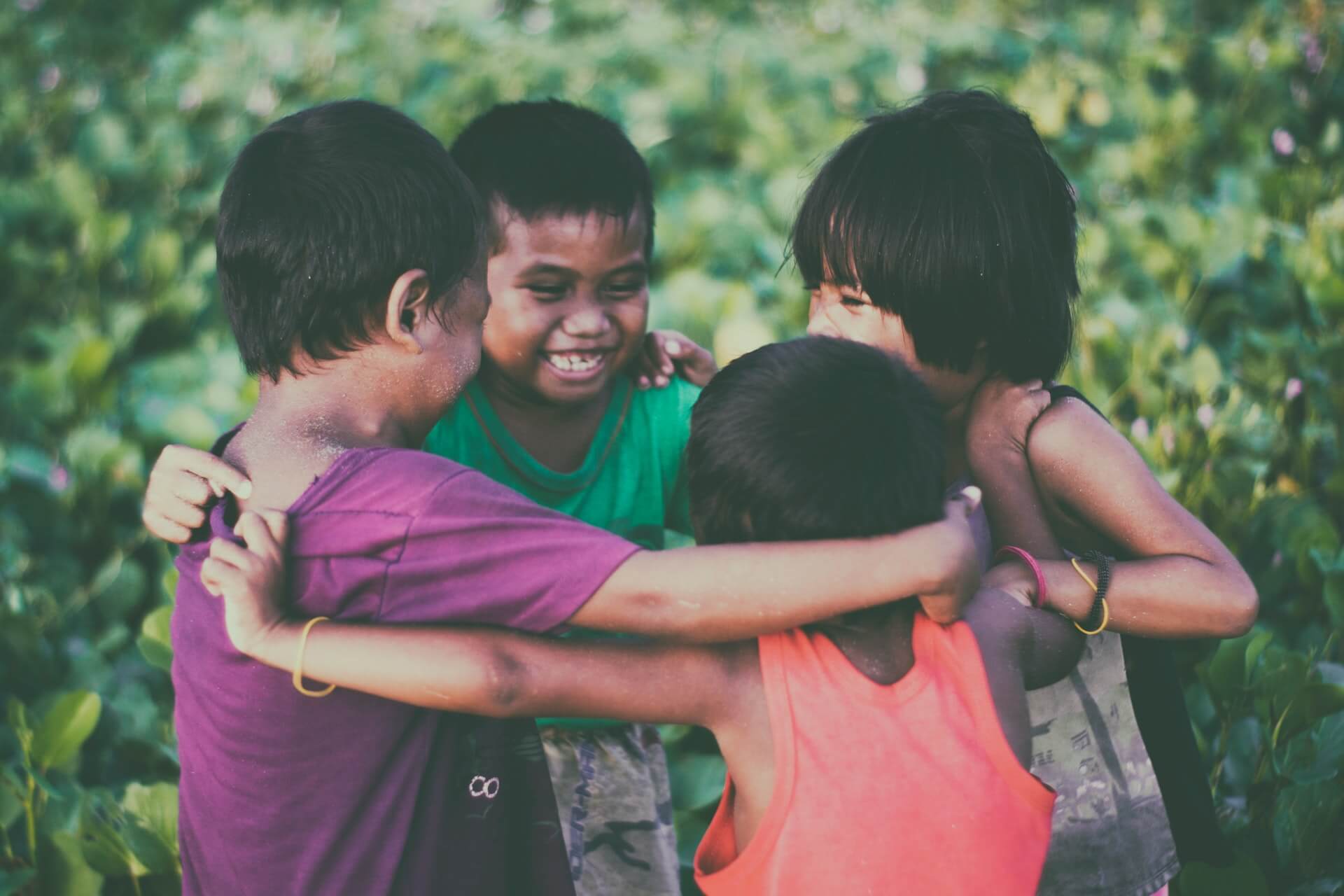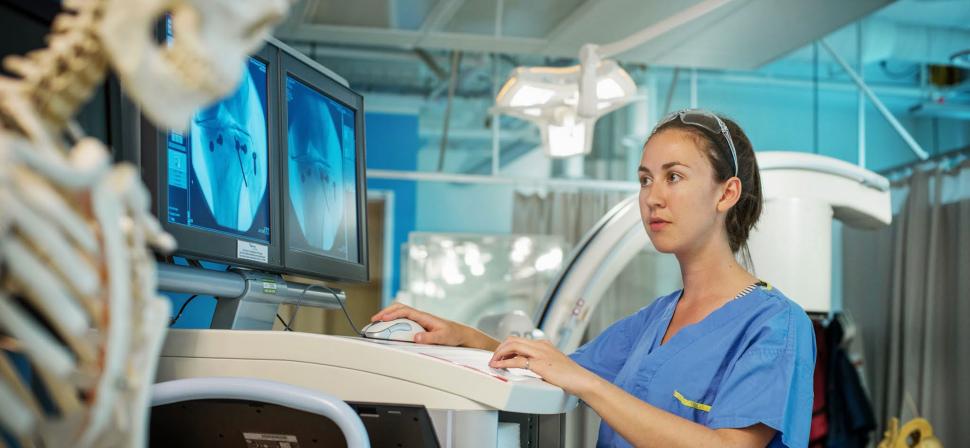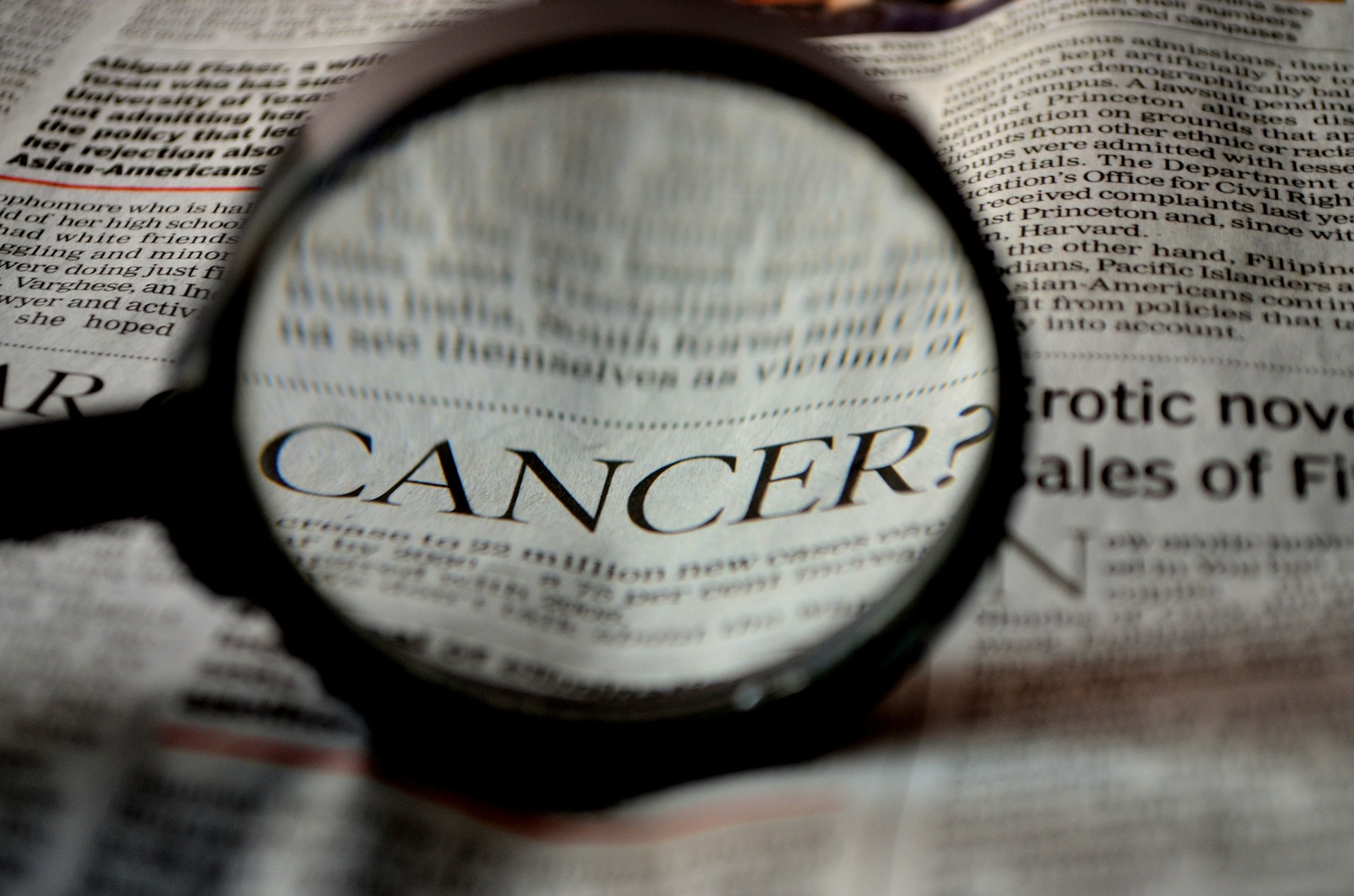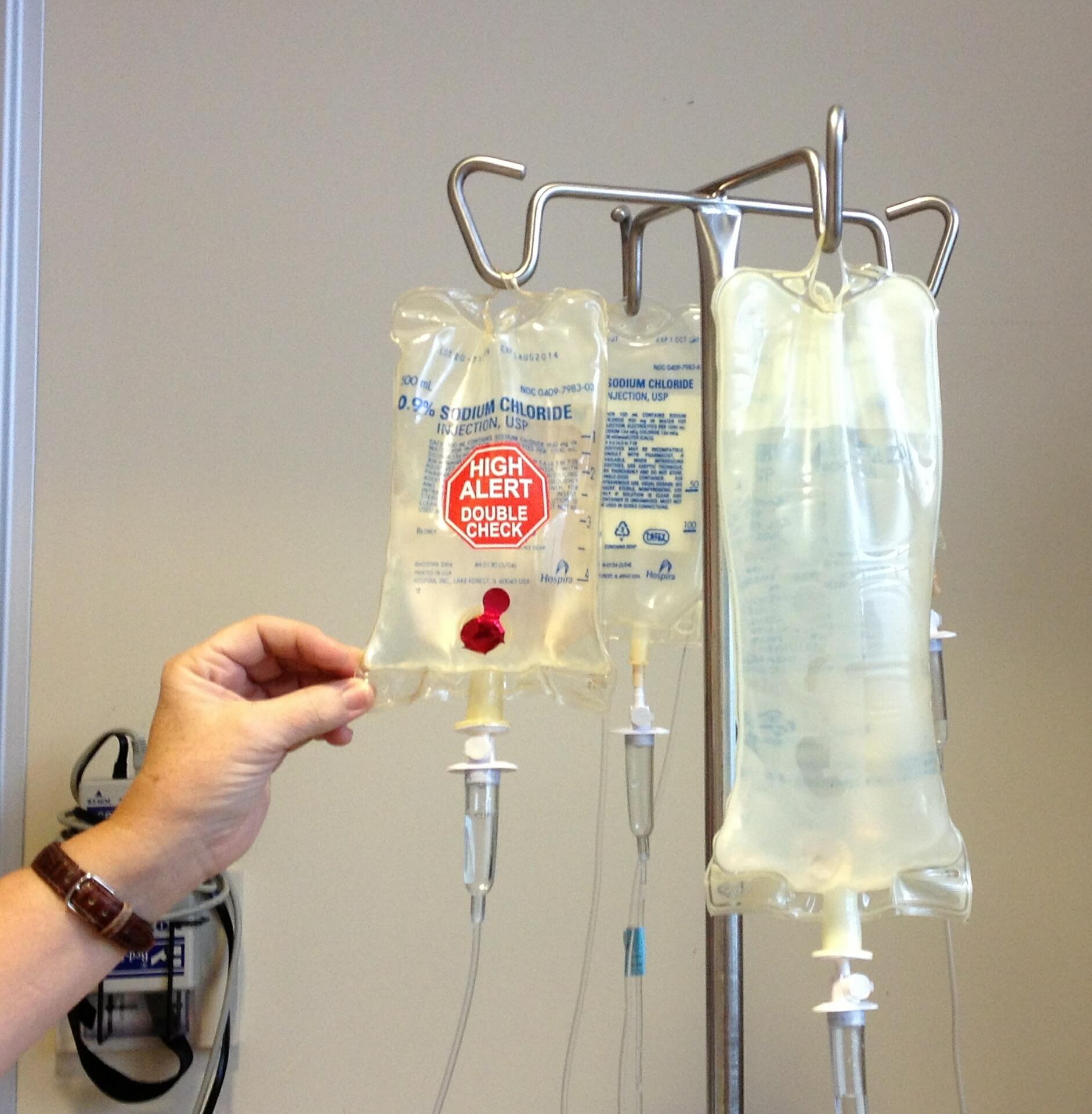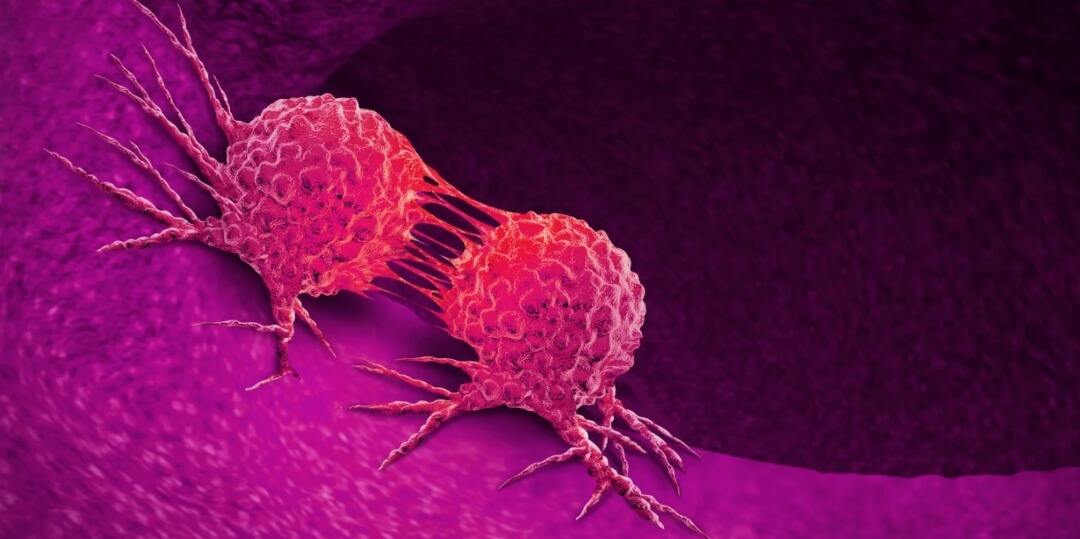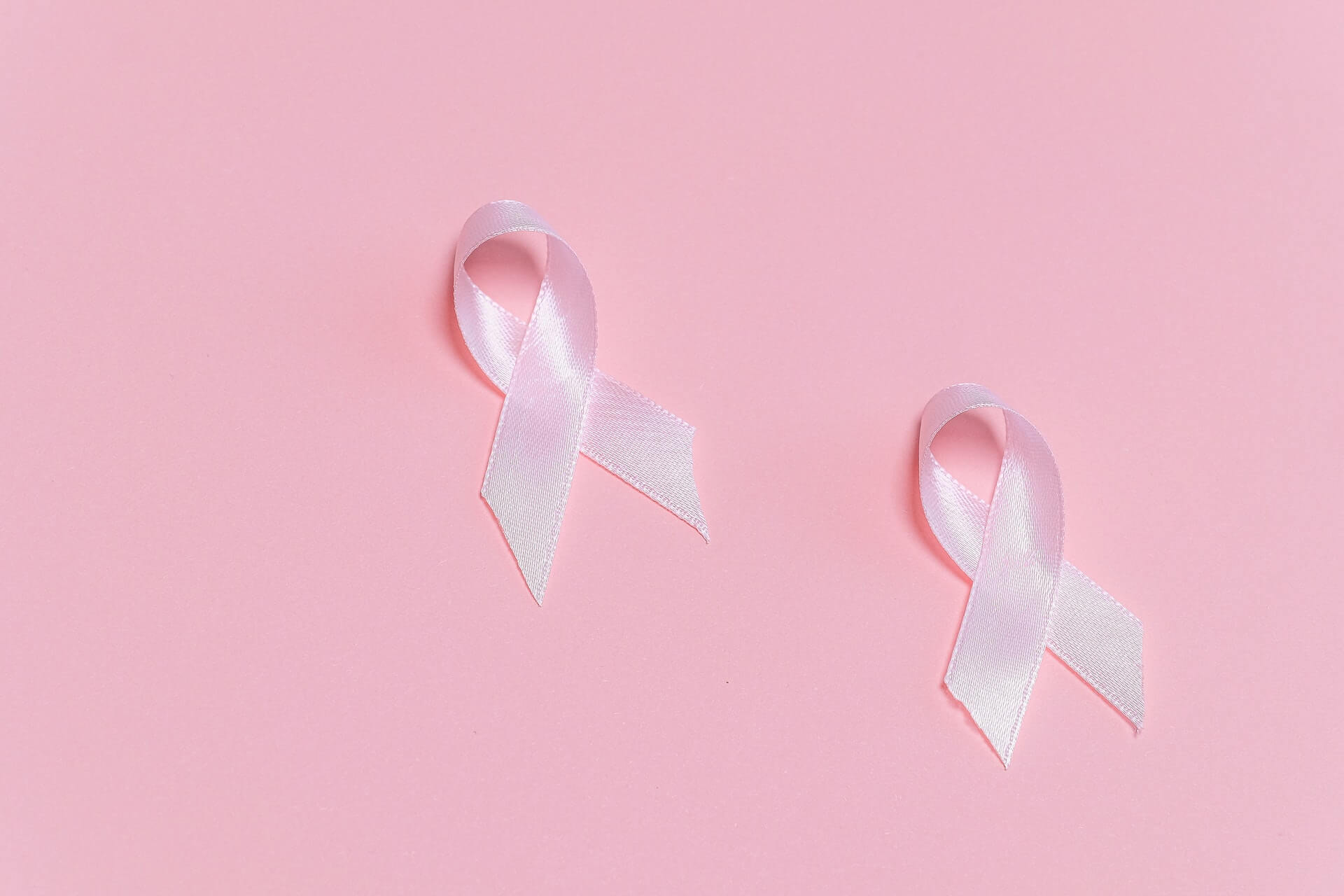- Worldwide, every 3 minutes a child is diagnosed with cancer.
- Childhood cancer causes around 90,000 deaths per year and in high-income countries is the second highest cause of death among 5 – 14 year-olds.
- Children/adolescents with cancer suffer as a result of sever and toxic treatments which cause lifelong health issues and challenges.
- In most low and middle income countries, palliative care services for children are limited and pain relief medications are frequently unavailable.
- The treatment and care of childhood cancer requires a whole interdisciplinary team, to provide not just the medical treatment of the child, but also the psychosocial support for the child and the whole family.

Childhood Cancer Awareness Month : How does cancer affect a child.
September is observed Childhood Cancer Awareness Month. Childhood Cancer Awareness Month brings awareness, raises support and funding to childhood cancer, which remains one the leading cause of death by disease for children under the age of 14. And is symbolized by a gold ribbon. Awareness of the different testing options means that more people will gain access to screening, and fewer people will die from the disease. Cancer awareness can also lead to people making healthier lifestyle choices.
The most common types of cancer diagnosed in children ages 0 to 14 years are leukemias, brain and other central nervous system (CNS) tumors, and lymphomas.
Symptoms of childhood cancers can be mistaken for more common injuries or illnesses, leading to a misdiagnosis leading to a late diagnosis.
Many children do not understand what is happening in the midst of a cancer diagnosis and treatment. Large numbers experience psychosocial dysfunction such as anger, fear, depression, sleep disturbances, unjustifiable guilt, or panic. Even affects their school life, the number of late enrollments, the number of children repeating a grade, and the rates of school absentees. Going back to school is a important because it can give children a sense of normalcy and is an important part of their social and academic development.

